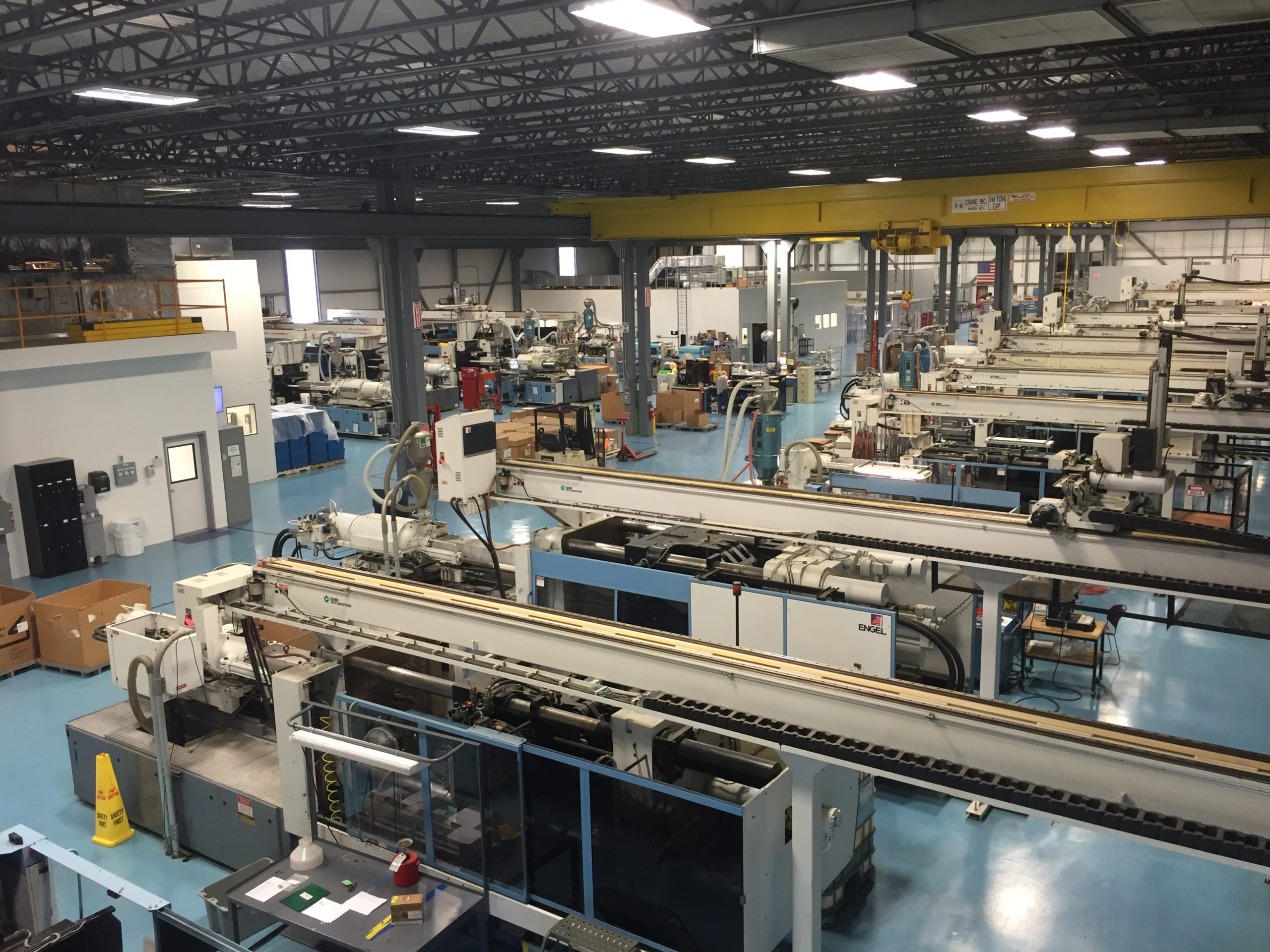Some Known Questions About Plastic Injection Molding.
Wiki Article
Getting My Plastic Injection Molding To Work
Table of ContentsNot known Details About Plastic Injection Molding Some Known Incorrect Statements About Plastic Injection Molding Things about Plastic Injection MoldingRumored Buzz on Plastic Injection Molding

If you want to explore better, the guide covers kinds of mould tools, along with special finishing procedures such as colours & plating. Words that are underlined can be discovered in the glossary in the appendix ... Component I: Moulding: The Basics The Benefits of Injection Moulding Plastic shot moulding is a really accurate procedure that provides numerous advantages over various other plastic processing techniques.
Precision is best for really elaborate components. You can hold this moulding in the hand of your hand and also it has bosses, ribs, metal inserts, side cores as well as openings, made with a gliding closed off feature in the mould device.
The liquified plastic cools & solidifies right into the form inside the mould device, which then available to allow the mouldings to be ejected or eliminated for examination, delivery or secondary operations. Stage 1Material granules from the receptacle feed right into the warmed barrel & revolving screw. Product thawed by warm, rubbing & shear pressure is compelled via a check shutoff to the front by the rotating screw ... Part III - Beyond the Basics - Tooling Options Manufacturing in China can save you a great deal of expense, however it can include issues such as shipment hold-ups, miscommunications, inferior high quality as well as the documents bordering importation. Utilizing a UK moulder with existing ties to China can eliminate the danger as well as still lead to cost-saving ... Tooth cavity - The component of an injection mould tool that gives the plastic item its form, that does the real moulding of the plastic. Likewise see mould tool chapter on pages 5 and also 6 for all terms linked with the mould device Cycle time - The moment it takes for a mould cycle to be completed, i.
Things about Plastic Injection Molding
from product feed & melting; material shot; cooling down time and ejection to the re-closing of the mould tool prepared for the next cycle. Draft angles - The wall surfaces of a moulded part should be somewhat tapered in the direction in which the part is expelled from the mould device, to permit the component to be expelled quickly.Ejector stroke - The pressing out of ejector pins to expel the moulded part from the mould tool. Ejector stroke rate, size and timing needs to be meticulously controlled to avoid damage to the ejectors and also mould device, but at the very same time make the moulding cycle as short as possible.
The Of Plastic Injection Molding
Overlocking - When a mould tool has actually been set right into a moulding equipment improperly, triggering the device to close as well tough and so damaging the mould device Component repeatability - The ability to create identical plastic parts time after time Distance - Completely straight edges are difficult to eject from the mould device.Ribs - When a plastic part has thin wall surfaces, ribs are contributed to the layout go to this website to make the thin walls more powerful Side cores - Side action which creates a pop over to this web-site feature on a moulded part, at an opposing angle to the normal opening instructions of the mould tool. The side core needs to be able to pull back as the plastic component can not be ejected otherwise.
Wall surfaces - The sides of a moulded part The message on this page is a sample from our full White Paper 'Injection Moulding for Customers'.
Production procedure for producing components by injecting liquified material into a mould, or mold and mildew Simplified layout of the process Injection moulding (united state spelling: injection molding) is a production process for generating components by injecting liquified material right into a mould, or mold. Injection moulding can be executed with a host of products mainly consisting of metals (for which the process is called die-casting), glasses, elastomers, confections, and most generally polycarbonate and thermosetting polymers. Shot moulding is commonly made use of for producing a variety of components, from the smallest elements to whole body panels of autos. Advancements in 3D printing technology, utilizing photopolymers that do not melt during the injection moulding of some lower-temperature thermoplastics, can be utilized for some easy injection moulds. Injection moulding makes use of a special-purpose maker that has 3 parts: the shot unit, the mould as well as the clamp.
Everything about Plastic Injection Molding

In multiple tooth cavity moulds, each cavity can be similar and also develop the very same parts or can be special and develop numerous different geometries throughout a solitary cycle.
When sufficient material has gathered, the material is forced at high pressure and speed into the part developing tooth cavity. The precise amount of shrinking is a function of the resin being made use of, as well as can be relatively predictable. To stop spikes in pressure, the procedure typically utilizes a transfer setting representing a 9598% full tooth cavity where the screw shifts from a continuous speed to a continuous pressure control.
The packaging stress is applied up until the gateway (tooth cavity entryway) solidifies. Due to its small dimension, the gate is generally the initial place to strengthen through its whole thickness.: 16 Once the entrance strengthens, no more material can enter the tooth cavity; accordingly, the screw reciprocates as well as acquires material for the following cycle while the material within the mould cools so that it can be expelled as well as be dimensionally secure.
Report this wiki page